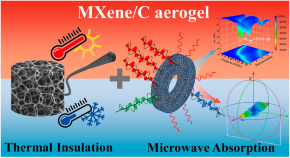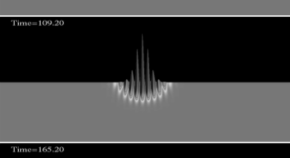Searching for maintainers:
/springer/journal/40820: Route not found/springer/journal/41114: Route not found
To maintainers: if you are not willing to be disturbed, list your username in
scripts/workflow/test-issue/call-maintainer.js. In this way, your username will be wrapped in an inline code block when tagged so you will not be notified.
如果所有路由都无法匹配,issue 将会被自动关闭。如果 issue 和路由无关,请使用 NOROUTE 关键词,或者留下评论。我们会重新审核。
If all routes can not be found, the issue will be closed automatically. Please use NOROUTE for a route-irrelevant issue or leave a comment if it is a mistake.







































Routes
Full routes
Related documentation
https://docs.rsshub.app/routes/journal#springer-journal
What is expected?
The RSS urls should return the XML content of
Nano-Micro LettersandLiving Reviews in Relativity, respectively, but instead they reported the error.What is actually happening?
Looks like something went wrong Route requested: /journal/40820 Error message: Missing
urlproperty: target website might be blocking our access, you can host your own RSSHub instance for a better usability. Helpful Information to provide when opening issue: Path: /journal/40820 Node version: v18.18.0 Git Hash: 383fb9fIf you believe this is an error caused by RSSHub, please report on github 如果您认为 RSSHub 导致了该错误,请在 GitHub 按照模版,复制本页面信息进行 汇报
For online documentation and support please refer to docs.rsshub.app.
在线文档与支持,请访问 docs.rsshub.app。
Deployment information
RSSHub demo (https://rsshub.app)
Deployment information (for self-hosted)
No response
Additional info
This is not a duplicated issue